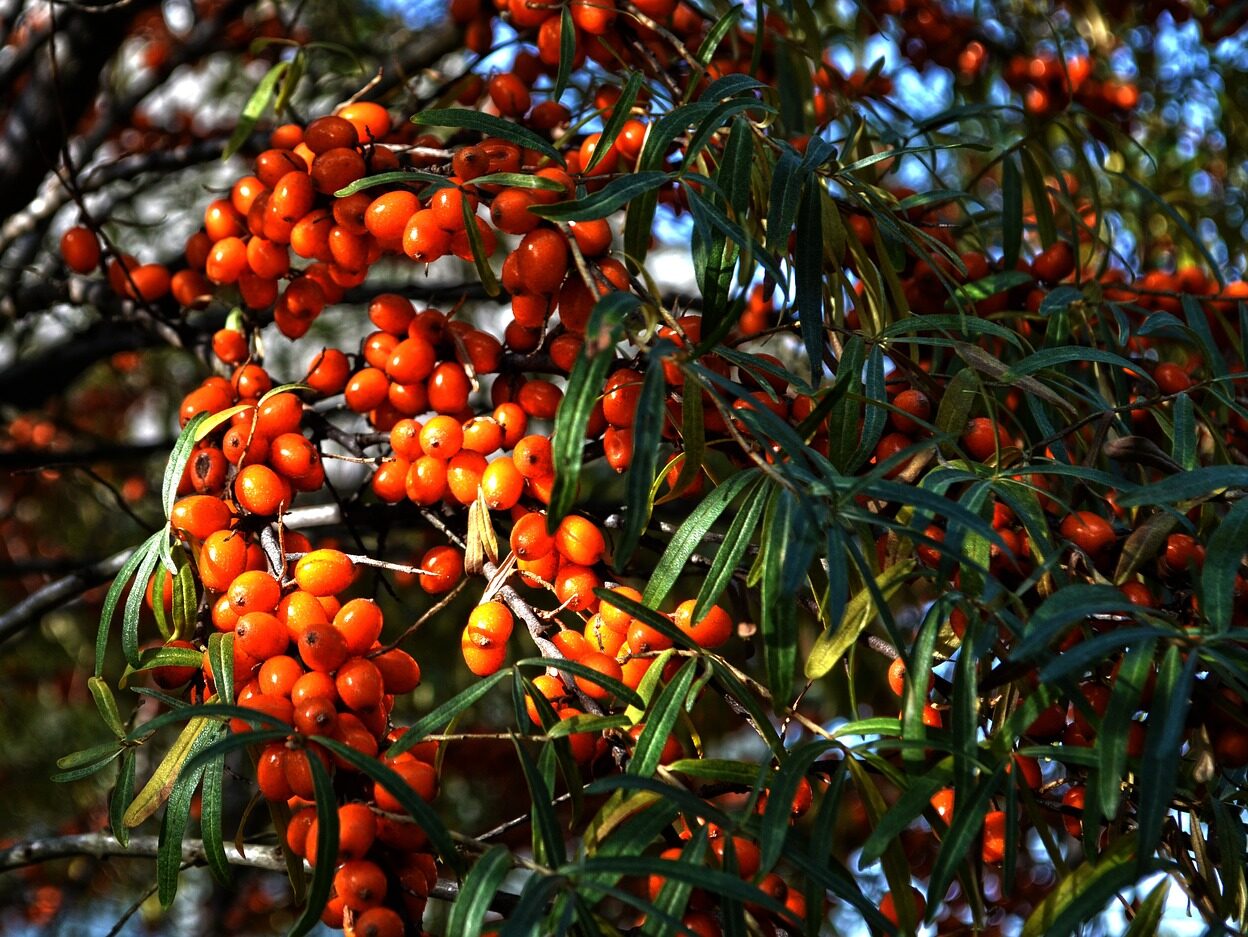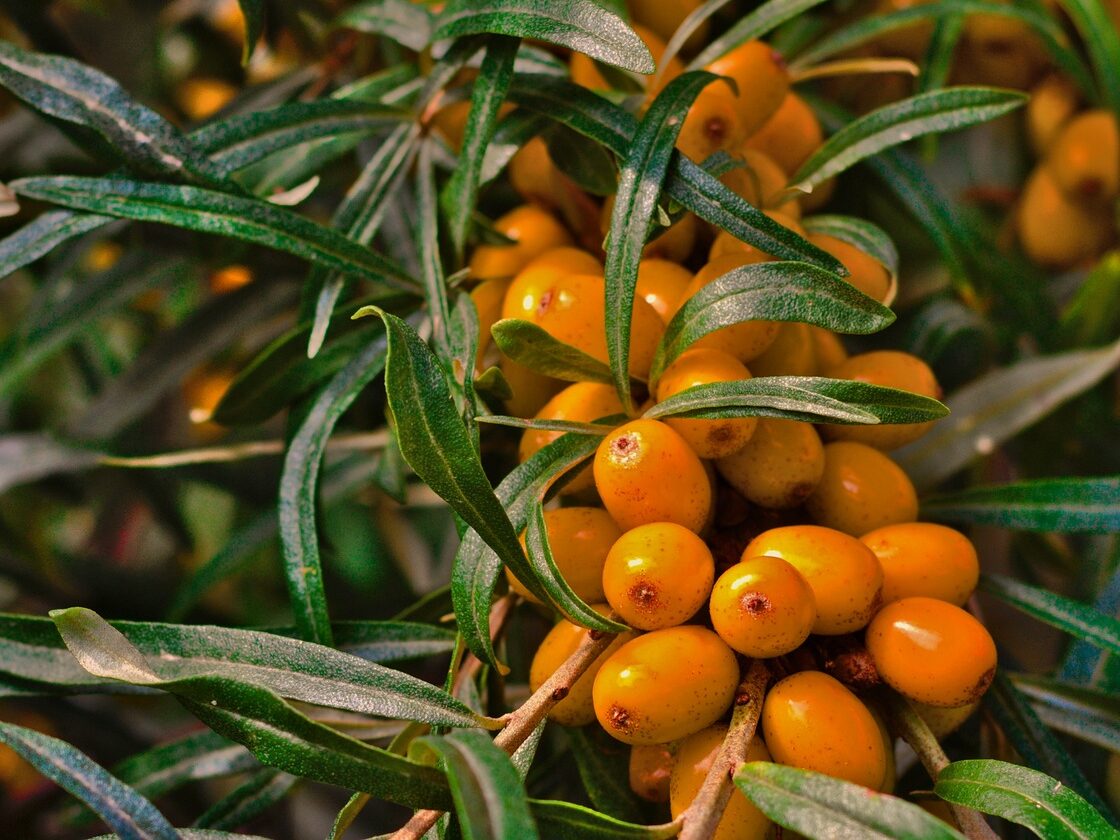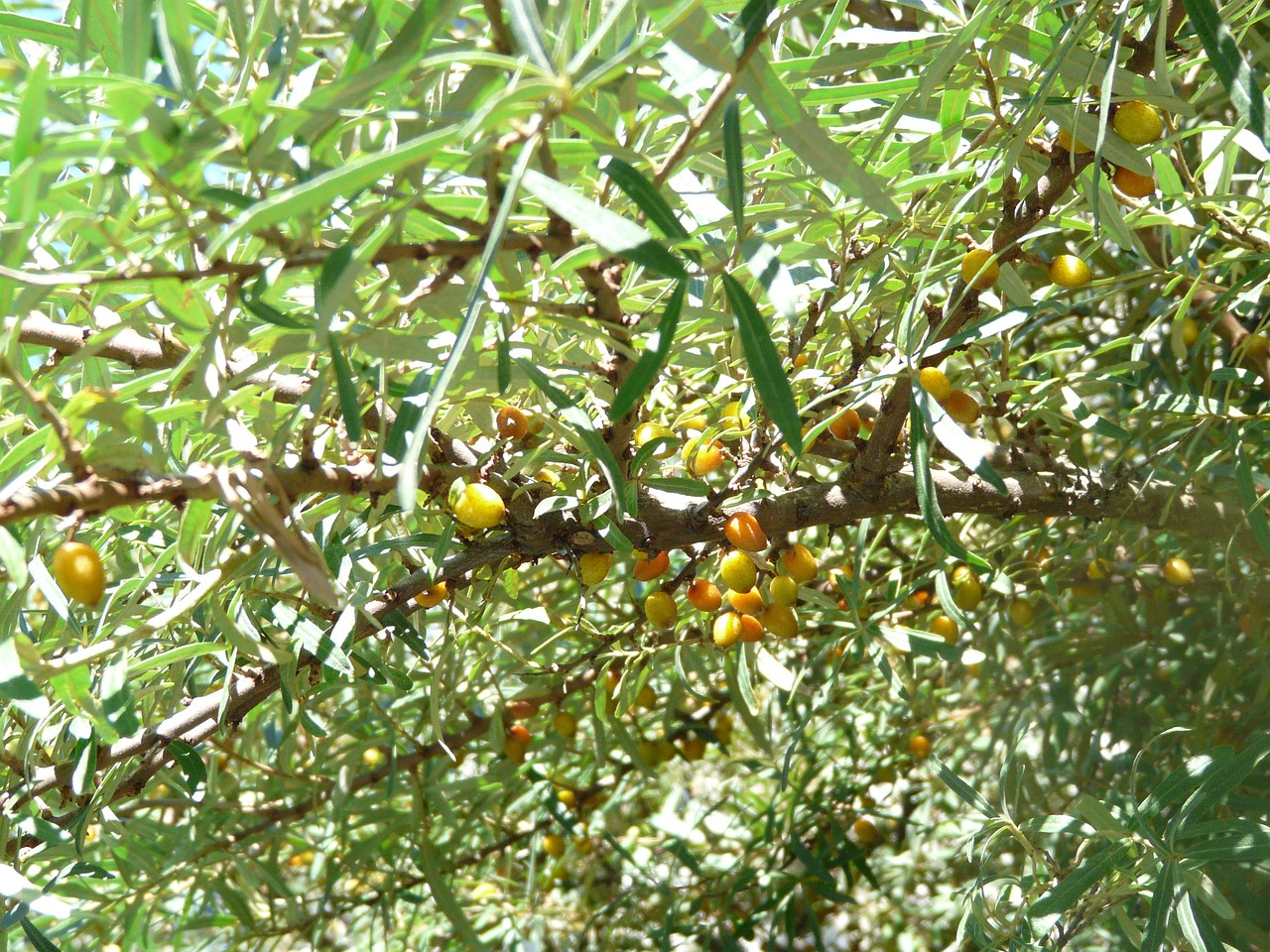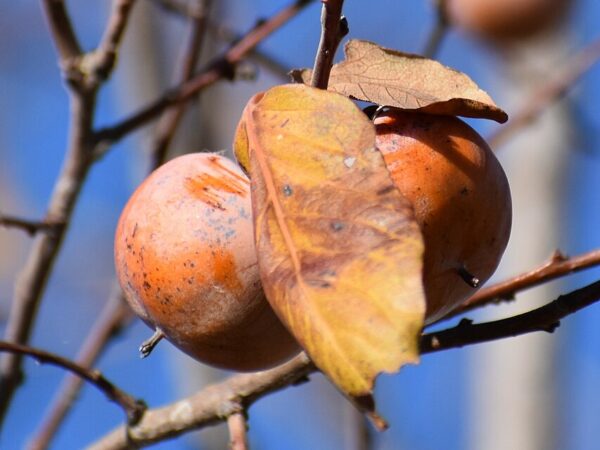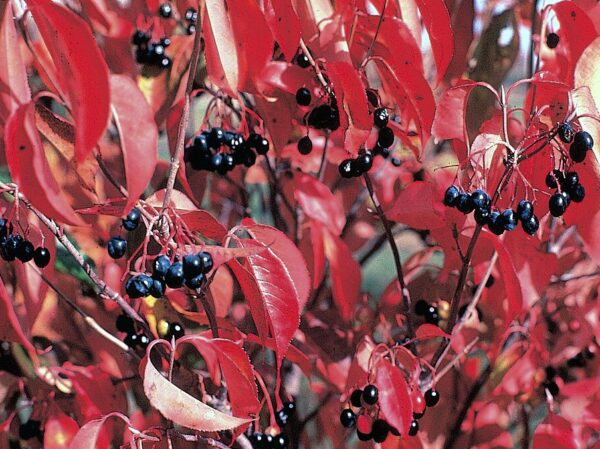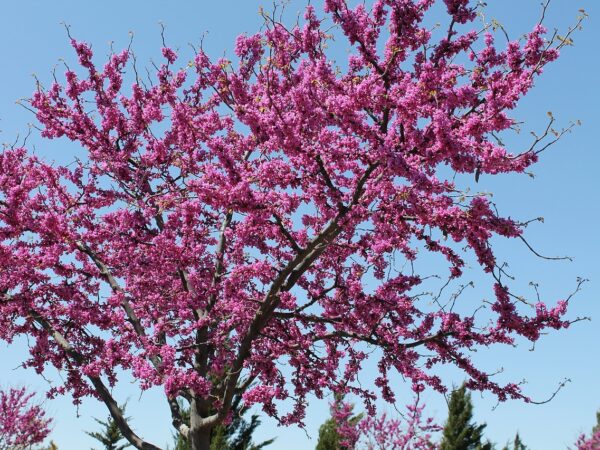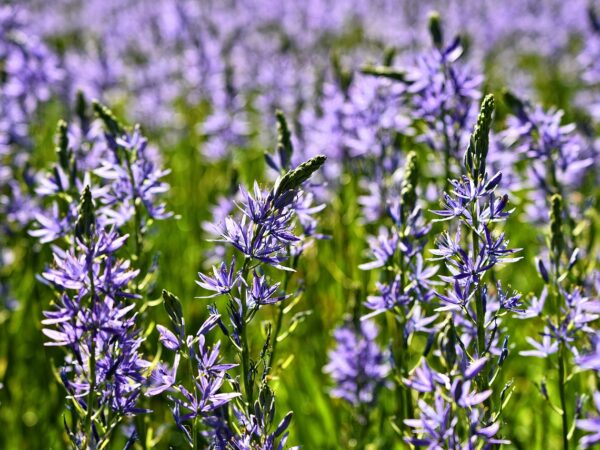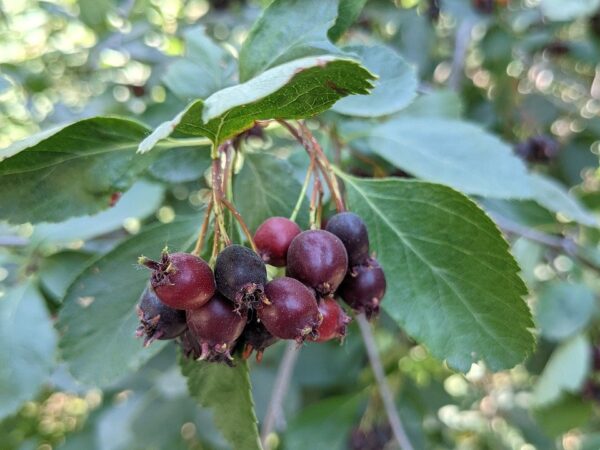Your cart is currently empty!
Additional Info
Raintree Nursery’s Seaberry Growing Guide!
Sea Buckthorn: Health Benefits
Cold stratifying seeds using the paper towel method:
Description
Caution: Sea buckthorn is a hardy, salt-tolerant shrub with a reputation for escaping cultivation near sandy, free-draining soils — particularly in coastal areas. It can establish aggressively in dune systems, displacing native vegetation. Please do not plant this species if you live near the beach or on sandy soils with access to natural areas. It is best suited to inland sites where its growth can be monitored and controlled.
I’ve been after this shrub for a long time. While it is one you can find at other seed distributors in the country, it’s often sold out, and so I had to bring in my own. It is a health powerhouse. Heaps of vitamin C, you can see the carotenoids in the colour of the berries, and tons of antioxidants. Because of the Vitamin C, they’re obviously quite sour – but that’s part of what makes it such a boost to the immune system. The berries themselves are also quite oily – an oil high in Vitamin E – it’s often used in skin care to moisturise, repair, and protect the skin.
I’ve also seen a study recommending it for dry eye.
It’s also a nitrogen fixer, will survive in any climate in the country, and is easy to propagate by cuttings so you permaculture buffs should really look into this one.
When harvesting the fruit, instead of getting stabbed repeatedly only to try to pick a fruit that bursts on you, chop off the whole branch and pop ’em in the freezer for a day or two. The berries are quite easy to harvest afterwards and you can then either dehydrate, jam, jelly, refreeze, or otherwise preserve them.
The technical bits –
Plants are dioecious, meaning male and female flowers occur on separate individuals. To ensure pollination and fruit set, plant three to five seedlings to allow for a mix of sexes and good genetic diversity.
Sea buckthorn is deciduous, reaches 2-6 metres in height, and may form a thicket over time via suckering. It tolerates wind, drought, salinity, and nutrient-poor soils. Best in full sun. Cold-hardy to below -40°C and well suited to harsh inland sites where few other fruiting shrubs will thrive.
Germination and Cold Stratification:
Seeds benefit from 6–8 weeks of cold, moist stratification at 1-5°C. After chilling, sow into a warm (18-22°C) environment; germination typically occurs within 2-3 weeks.
